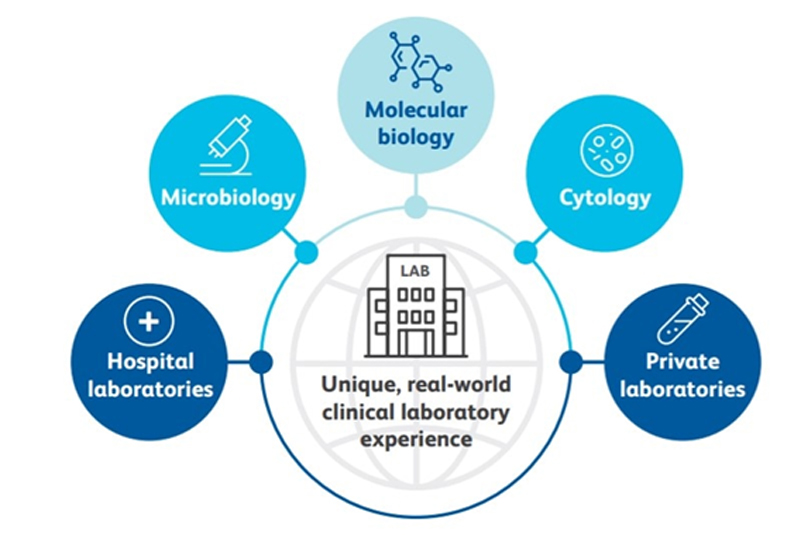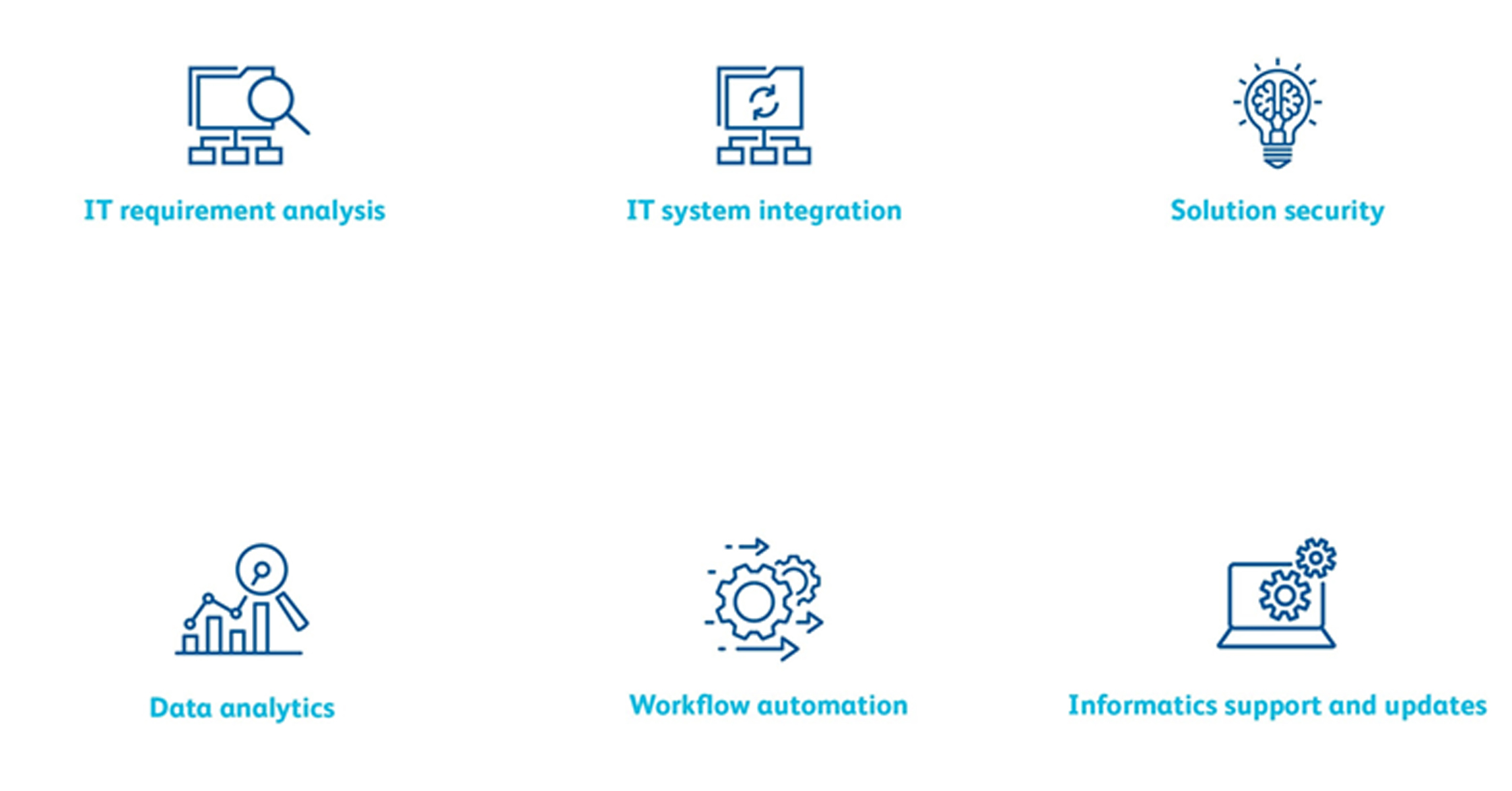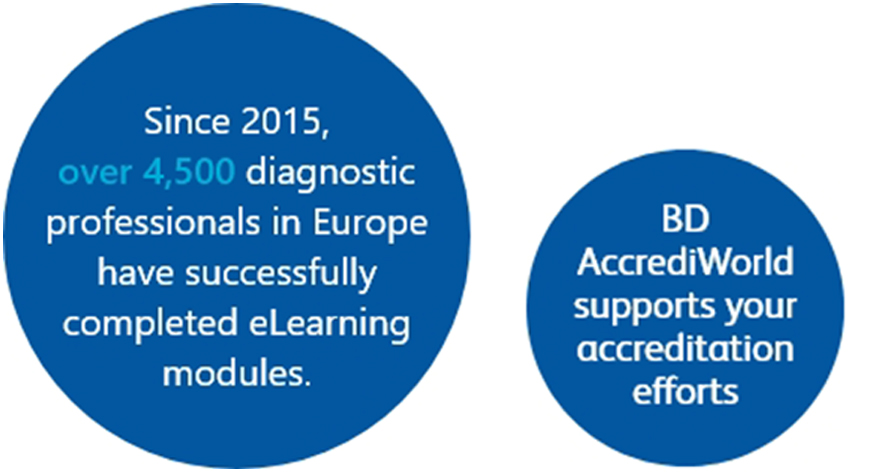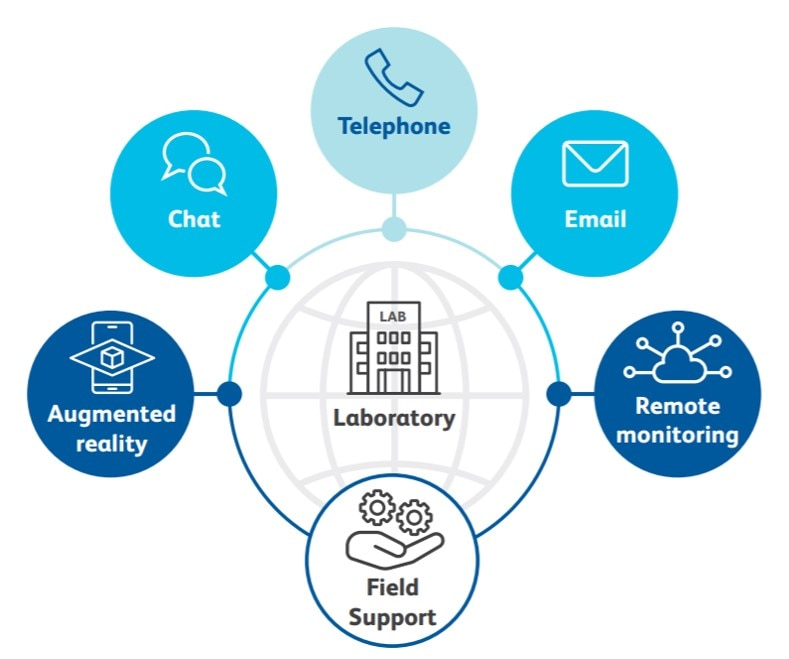The reality of the diagnostic landscape
At each phase along the end-to-end diagnostic continuum, challenges can impede performance.

Regular training programs are known to reduce preanalytical errors1.
High staff turnover increases the need of such programs.

The rapidly changing regulatory environment and keeping up with the latest diagnostic technology may make it difficult to stay compliant and effective.

A pandemic can magnify the negative consequences of diagnostic inefficiencies and errors, causing added stress on laboratory staff.

Need for rapid specimen turnaround time and accurate testing results.
Diagnostic inefficiencies and patient outcomes
With every step of the diagnostic pathway comes unique challenges to overcome.
How you and your team face them is what determines the efficiency and value in the laboratory.
The analytical phase
The analytical phase is the heart of the laboratory diagnostics and is constantly undergoing development for more accurate testing.
The changing regulations and new technological trends require continuous upskilling. Manual tasks may slow down specimen turnaround time. Possible solutions, such as laboratory automation, require the services of trained optimisation experts.
The preanalytical phase
From patient identification to transport and sorting, studies show that the preanalytical phase is the most error-prone out of all the stages of the diagnostic pathway, accounting for about 62% of all diagnostic errors.2,3
With a significant proportion of medical diagnoses based on laboratory test results2, preanalytical errors and inefficiencies may have a negative impact on patient care.3 Interventions are needed to ensure preanalytical best practice.
The postanalytical phase
In order to effectively interpret data in the postanalytical phase, the right tools and the right expertise need to be employed.
A lack of integrated data can potentially keep accurate testing results from being delivered to clinicians on time. Traceability, reporting and analytics demand specialised skills for proper implementation and constant monitoring to ensure security and up-to-date capabilities.
Behind every sample, every result – there is a life connected
The patient is at the heart of everything we do in healthcare, and the goal is to improve processes and outcomes for their benefit.
From specimen collection to results and treatment, the needs of the patient are primary. Ensuring value and best practice along these phases can ensure patient safety and proper treatment.
Challenges along the diagnostic pathway, when not correctly addressed, could lead to negative clinical outcomes.4
Amidst obstacles, how do you reach your goals and improve your laboratory's performance?
An optimised laboratory emerges when high-quality technology solutions are combined with efficient processes and committed teams—confronting the challenges of the diagnostic pathway head-on, with the tools and training to do so.

Augmenting your impact throughout the diagnostic journey
Our BD Professional Services team collaborates with you on best practices along the diagnostic pathway. Discover our range of service packages tailored to you and your laboratory's challenges:
Implementation
BD implementation services:
Delivering laboratory transformation through tailored solutions
- Seamless integration of new technologies, workflows and people
- Turnkey solution according to agreed upon timeline and budget
- Agreeing on and planning well-defined milestones
- Assessing and proactively addressing potential risks
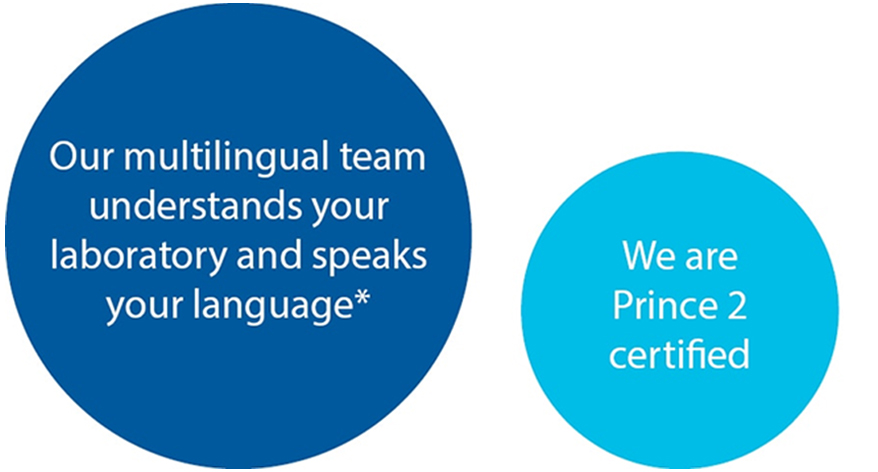
*English, French, German, Italian and Spanish Contact us for discussing your language needs
Discover your diagnostic potential

Learn more about how BD Professional Services can help you drive diagnostic value and impact
WEBINAR: How focusing on the preanalytical phase can drive improvements in emergency department (ED) patient flow
Learn more about the impact of pathway mapping in patient management and timing with speakers BD European Medical Affairs Manager Adam Stretton and Dr. Juan Gonzalez del Castillo, a senior consultant in the ED of Hospital Clinico San Carlos in Madrid.
Ready to optimise your laboratory's impact?
Together, we can reach new heights along the diagnostic pathway.
Fill out the form below to get in touch
References
- Arslan FD, Karakoyun I, Basok BI et al. The effects of education and training given to phlebotomists for reducing preanalytical errors. Journal of medical biochemistry 37, no.2. 2018:172. doi: 10.1515/jomb-2017-0045
- Lippi G, Guidi GC, Mattiuzzi C, Plebani M. Preanalytical variability: the dark side of the moon in laboratory testing. Clin Chem Lab Med. 2006;44(4):358-365. doi: 10.1515/cclm.2006.073.
- Carraro P, Plebani M. Errors in a stat laboratory: types and frequencies 10 years later. Clin Chem. 2007;53(7):1338-1342. doi: 10.1373/clinchem.2007.088344.
- Valenstein P, Raab S, Walsh M. Identification errors involving clinical laboratories: a College of American Pathologists Q-Probes study of patient and specimen identification errors at 120 institutions. Arch Pathol Lab Med. 2006;130(8):1106– 13. doi: 10.5858/2006-130-1106-IEICL
- Cartwright RY, Davies JR, Dulake C, Hart RJ, Morris CA, Wilkinson PJ. A study of workload units in five microbiology laboratories. Journal of Clinical Pathology. 1985;38(2):208-214. doi:10.1136/jcp.38.2.208















